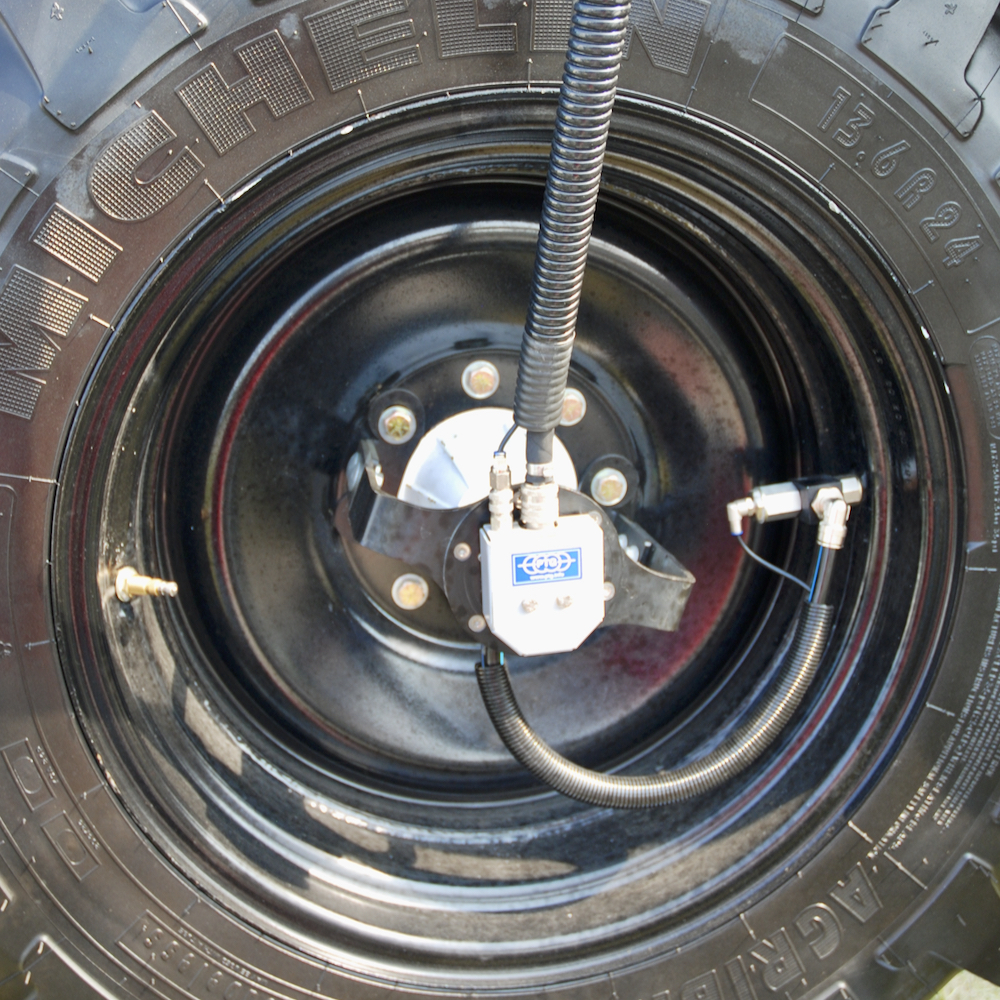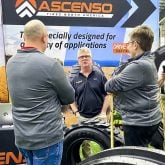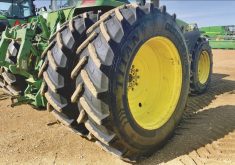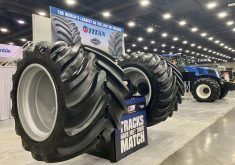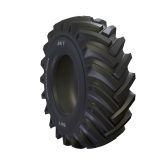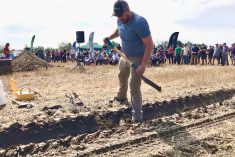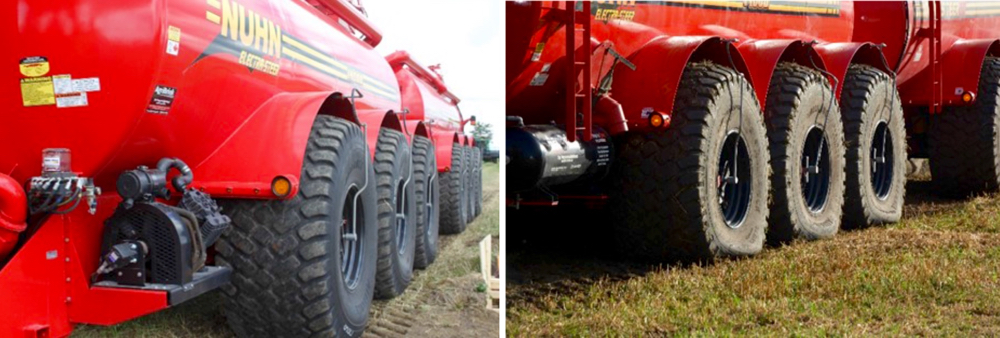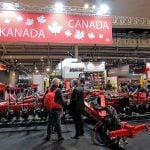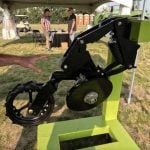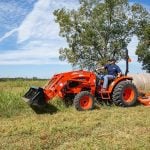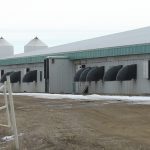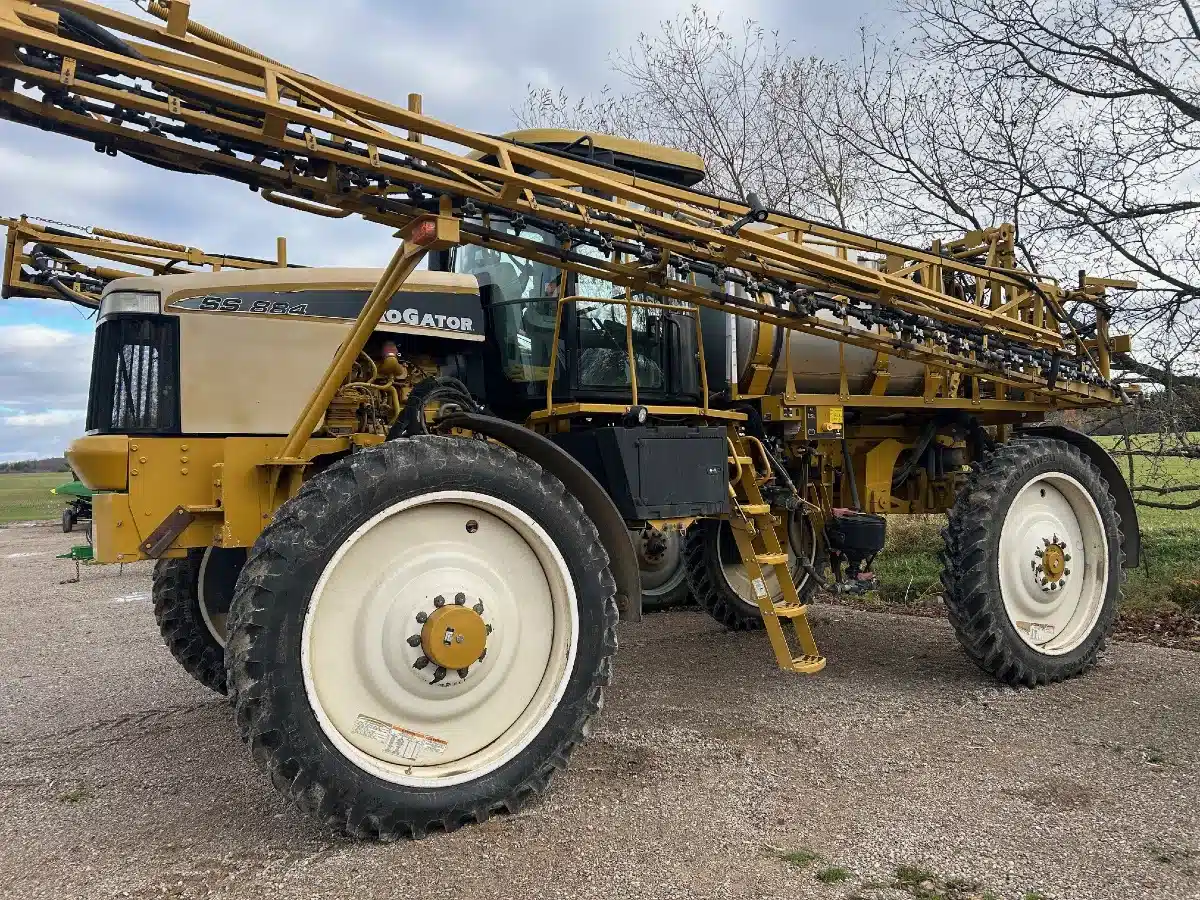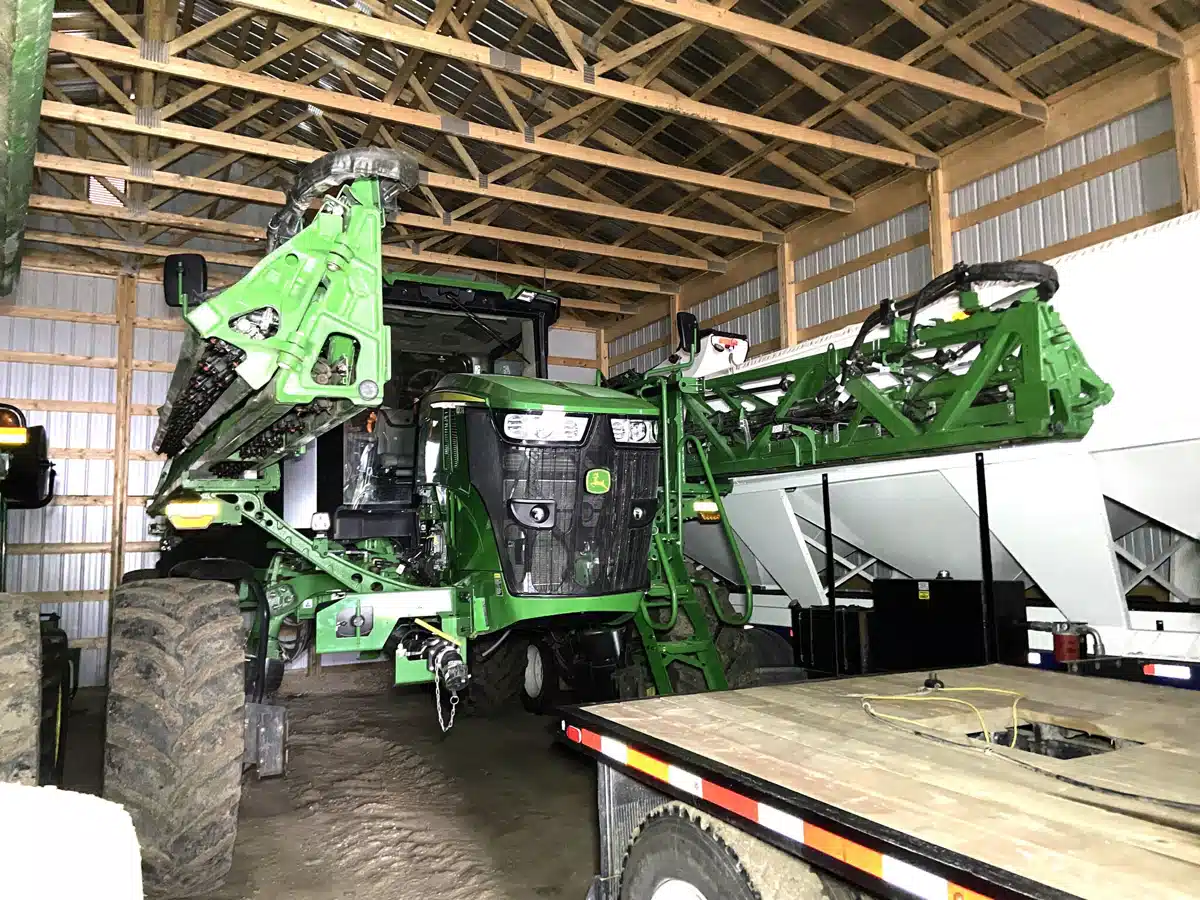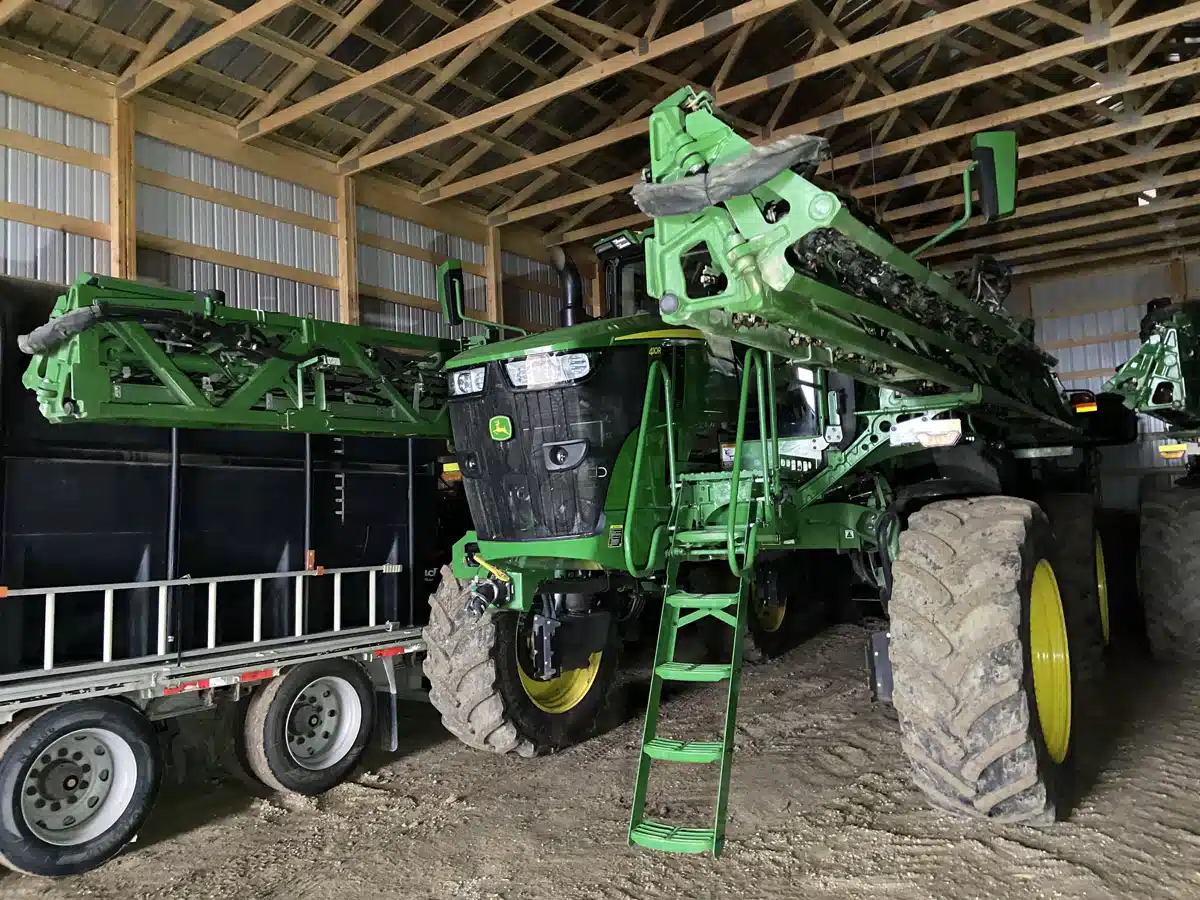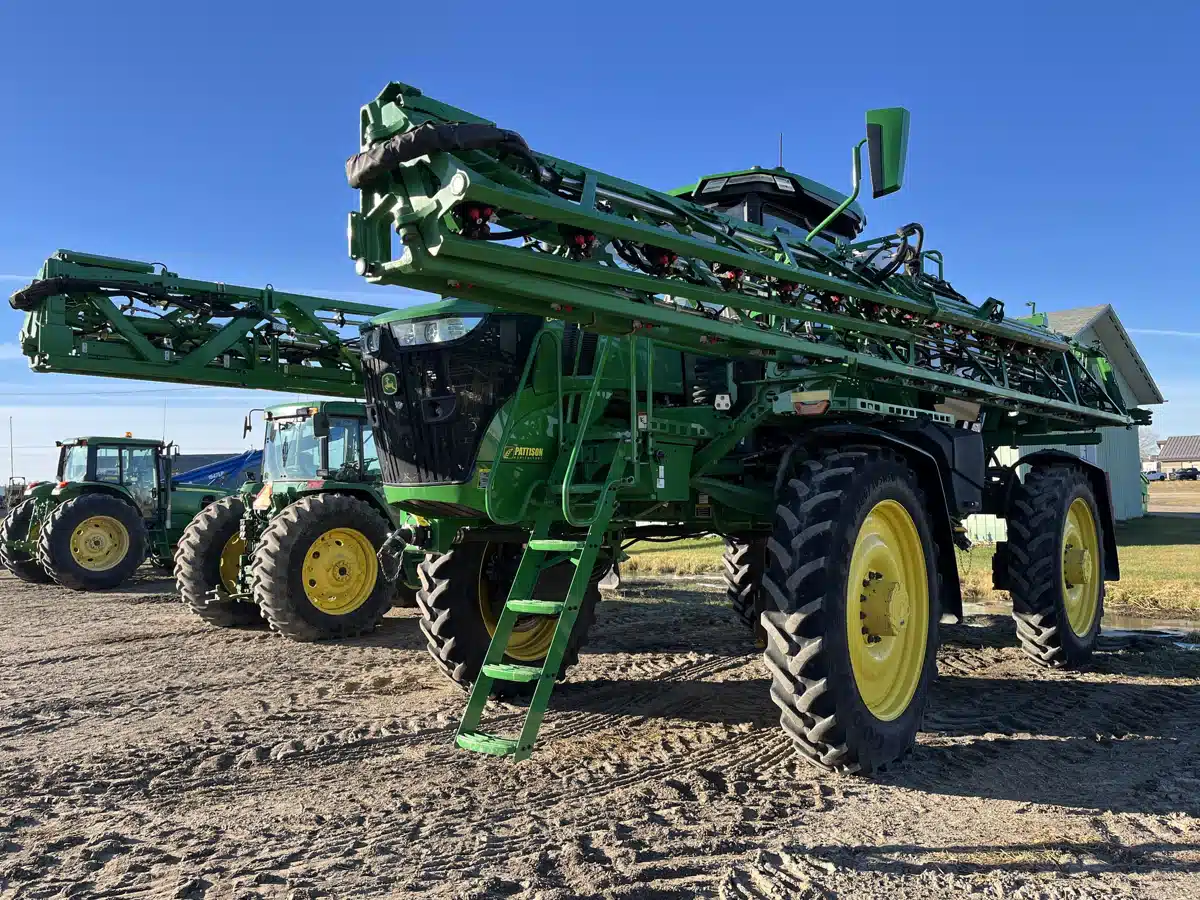Growers have tried everything to reduce the effects of tire compaction on soils, from lowering tire inflation pressures to reducing passes with farm equipment.
Increased flexion (IF) and very high flexion (VF) tires are not a new concept — both were introduced roughly 20 years ago — but the search for something to address compaction has many considering their adoption.
Why it matters: Wheel traffic is a major cause of soil compaction, which can affect porosity, drainage and root growth.
Read Also
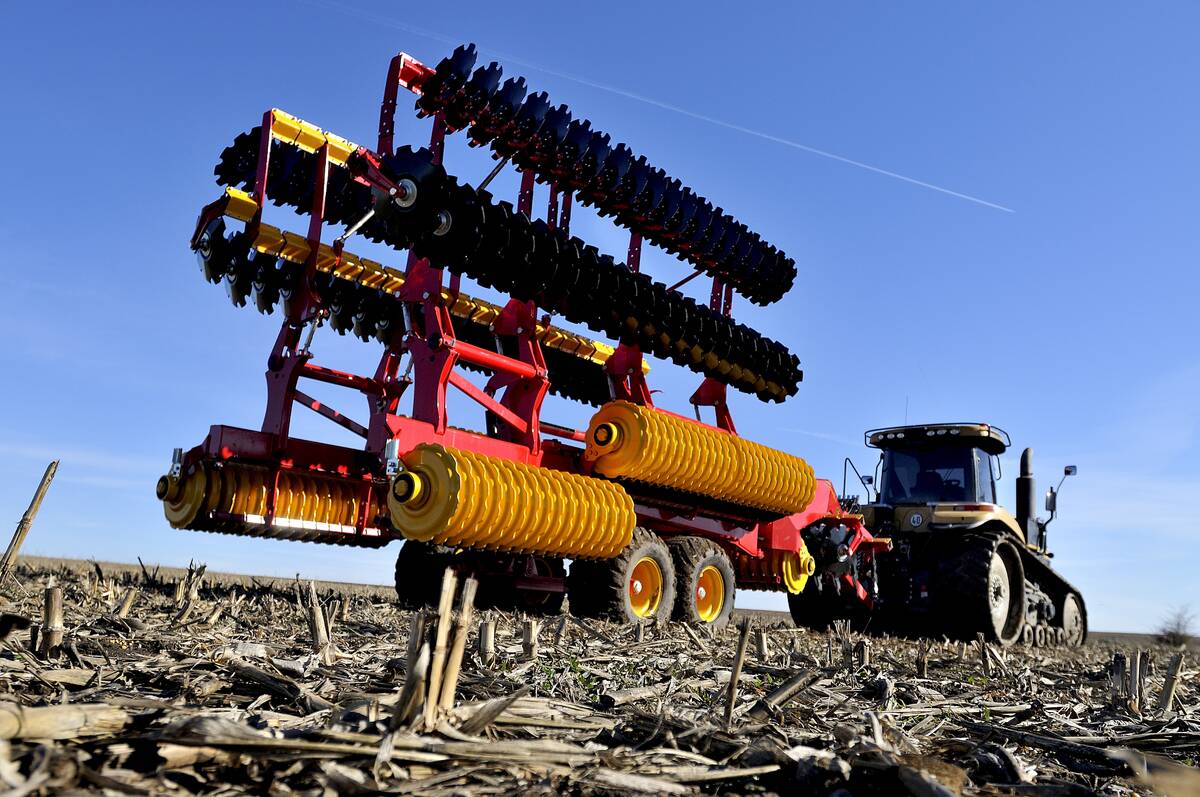
Evolution of European equipment manufacturers runs deep
A look at how Lemken and Väderstad have evolved from their traditional offerings of tillage equipment to include planting and seeding equipment in their lineups.
Tractor weights have increased from less than three tons in the 1940s to approximately 20 tons today for big four-wheel-drive units. And spring planting is often done before the soil is dry enough to support heavy planting equipment.
The design concept behind the two tire types is straightforward. IF tires are capable of carrying as much as 20 per cent higher loads at the standard radial tire inflation rates. They can carry the same load at 20 per cent less pressure.
With VF tires, those rates double to 40 per cent more load at a standard inflation pressure on a radial tire or the same load at 40 per cent lower inflation pressure.
“The adoption of the tire technology and its advantages have really increased in the past eight years, with compaction events giving visual evidence of the improved flotation and traction that these tire concepts provide,” says Eric Brubacher, ag tire technical consultant with OK Tire in Elmira.
“New self-propelled sprayers are almost at 100 per cent adoption of this technology, and combines and grain carts are a close second.”
Planter and seeder designers are also making this technology part of their new builds, he adds.
Education on the advantages of the concept has driven the Ontario market further ahead than other regions in relation to the uses and application of these designs.
In the past, Brubacher says there was a tendency for IF technology to be used more in large volume tires and VF technology in lower volume and row-crop tires.
“The VF design has the greater benefit in terms of reducing compaction but understanding axle load and having knowledge of that load will help determine whether the IF or VF technology is necessary,” he notes.
“It will also provide insight as to which one will help a grower’s equipment to the operating threshold where the soil structure can support it.”
Not all brands and not all sizes are available with this technology, although Brubacher concedes there are more units being added to the listings. He hopes to see the full tire size portfolio offered with the IF or VF technology in the near future.
In spite of supply chain issues with tires that arose during the COVID-19 pandemic, there is increasing interest in outfitting all equipment to lower compaction, regardless of specific uses.
“We’re seeing this happen as we educate growers and determine their axle loads on equipment, and we see advantages for all pieces of equipment,” says Brubacher.
Variable rate in tires?
The other trend is variable-inflation systems. Instead of regarding it as competing with IF or VF technologies, Brubacher calls it a complement.
“Central inflation systems benefit the IF and FV technology by reducing rolling resistance on the road and reducing fuel consumption,” he says.
“It also reduces tire scrub on the pavement with fully inflated tires for road use and reduces heat build-up and friction that cause premature failure. Being able to run at lower pressures in-field and reducing the drag in freshly tilled soils is also a great benefit.”
Asked if a grower must combine variable-rate inflation with either IF or VF designs, or if they manage without the variable-inflation system, Brubacher opts for a dialogue with the grower to get details on end-use application and axle loads.
That can help determine whether one or both systems are needed to achieve air pressures that soil structures can sustain.
“Soil health is the reason we have tire discussions because ultimately, that’s what suffers when tires become a non-topic,” he says.
“Soil health is what affects yield and that’s usually the point of discussion with most growers.”




